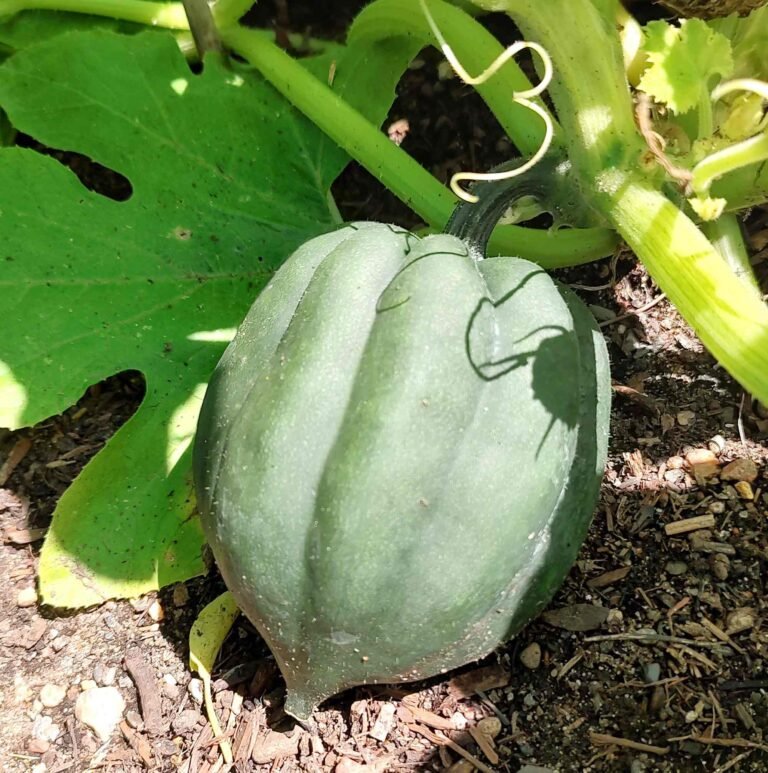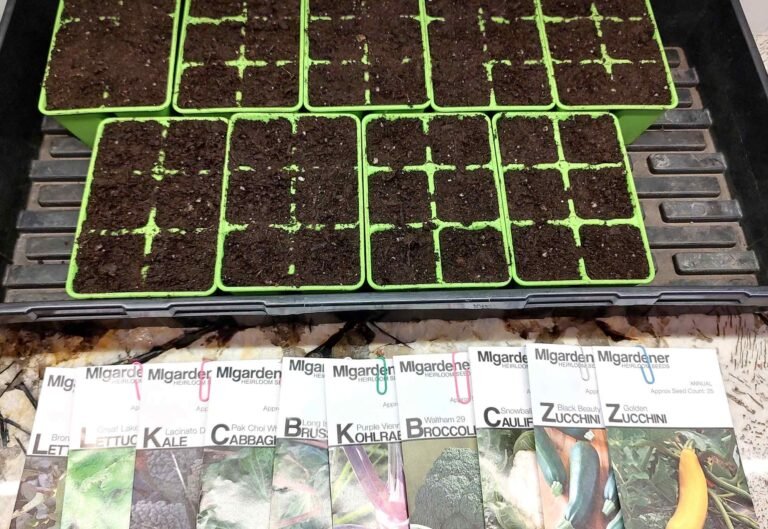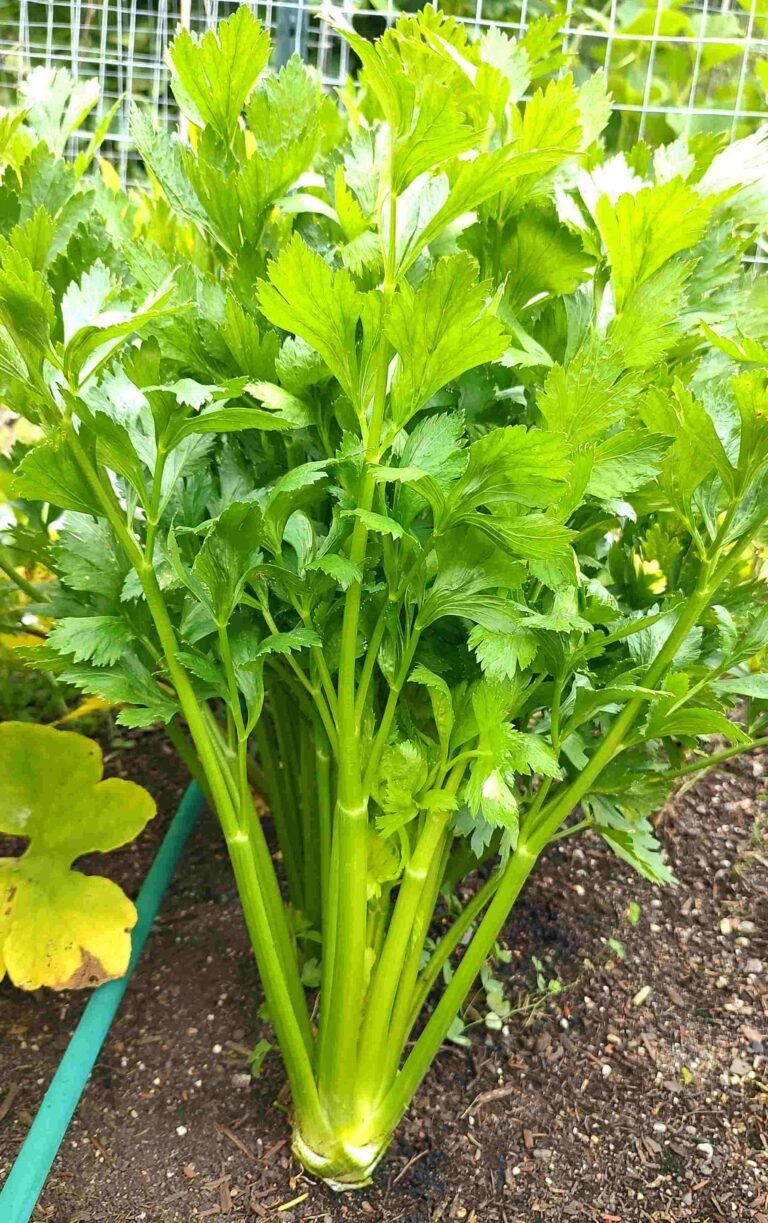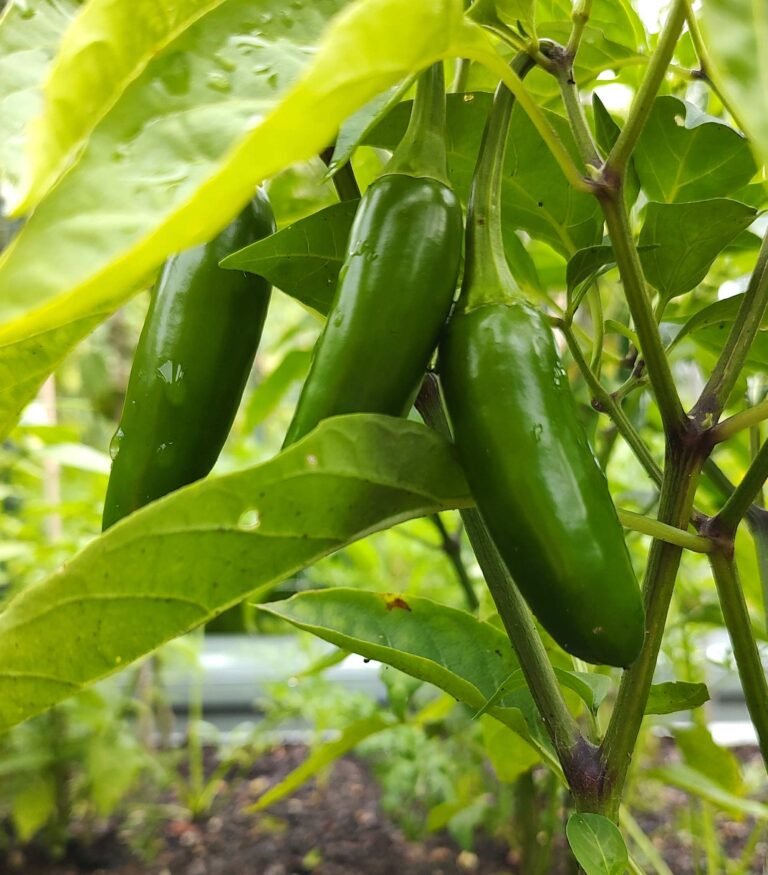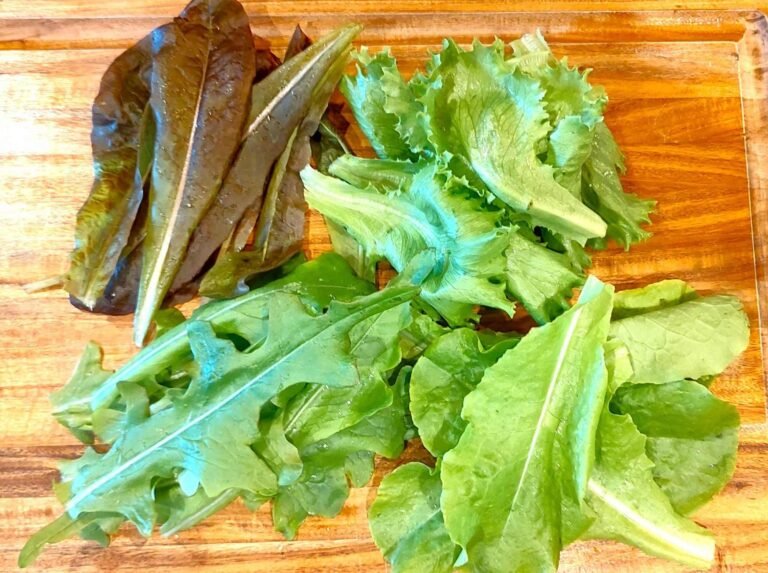Carrots are a staple root vegetable in many gardens due to their versatility in cooking and their ability to be stored for weeks or months. Eaten raw or cooked, carrots offer a healthy and sweet boost to many dishes. They are packed with vitamins and nutrients like vitamin A, K, and B6 and beta-carotene. Follow this guide to learn how to grow carrots in your own garden.

How to Grow Carrots: Choosing the Right Variety
Consider the following when selecting seeds:
- Length: Short varieties like ‘Thumbelina’ are ideal for shallow soil, while longer types like ‘Nantes’ or ‘Danvers’ require deeper soil.
- Color: Carrots are not just orange! Varieties include purple, red, yellow, and white. You can get seed packets with a mix of colors.
- Climate: Some varieties are better suited for cooler climates, while others can tolerate warmer conditions.
How to Grow Carrots: Planting
- Soil Composition: Carrots thrive in loose, well-drained soil. Heavy clay soil can be amended with organic matter like compost to improve drainage and texture. Carrots grow downward, so it’s essential to loosen the soil to a depth of at least 12 inches. Use a garden fork or tiller to break up compacted soil and remove any large stones or debris.
- Location: Carrots prefer a sunny location that receives at least 6-8 hours of sunlight.
- Timing: Carrot seeds are typically sown directly into the garden because they don’t like their roots disturbed. Carrots are usually sown in early spring or late summer, depending on your climate. They need a cool, growing season of about 70-80 days. If planting in the spring, sow the seeds about 2-3 weeks before the last frost for your growing zone. They germinate the best when soil temperatures are between 55-65 degrees Fahrenheit. Temperatures exceeding 75 degrees will decrease the quality and give the carrots a bitter taste. If growing in the fall, sow the seeds about 10 weeks before the first frost in your growing zone.
- Depth and Spacing: Sow the seeds about 1/4 inch deep and 1-2 inches apart. Use a garden trowel or your hand to form a shallow trench, drop the seeds in, then gently cover them with soil. Once the seedlings are a few inches tall, thin them to 2 inches apart to give each carrot enough room to grow. If spaced too closely, the roots will intertwine or you will get small carrots.
- Moisture: Keep the soil consistently moist during the germination period. If the soil dries out, the seeds will not germinate. I have found great success with covering the area where I planted my carrot seeds with a board or cardboard to slow water evaporation from the soil. I will check under the board once a day and give the area a quick watering. Once I see that about a quarter of the seeds have germinated, I will remove the board completely.

How to Grow Carrots: Plant Care
- Watering: Water your carrots about 1 inch per week, whether through rain or watering. Do not overwater as carrots do not like being waterlogged.
- Weeding: Keep the garden bed weed-free, as weeds compete with carrots for nutrients and water. Hand-pull weeds, being careful not to disturb the carrot roots.
- Fertilizing: Carrots generally do well with minimal fertilization. However, you can apply a balanced organic fertilizer before planting. Avoid high-nitrogen fertilizers as they can lead to excessive foliage growth at the expense of root development.
How to Grow Carrots: Managing Pests and Diseases
- Pests: Common pests include carrot flies and aphids. If you notice insect damage, you can use row covers to protect your carrots from carrot flies, and keep an eye out for aphids, which can be controlled with an organic insecticidal soap or natural predators like ladybugs.
- Diseases: Carrots may face fungal diseases like Alternaria or powdery mildew. Practice crop rotation, avoid overhead watering, and ensure good air circulation around your plants to minimize disease risk.

How to Grow Carrots: Harvest and Storage
Carrots are usually ready to harvest when they reach a desirable size, typically between 1/2 to 1 inch in diameter. Here’s how to know when they’re ready:
- Color and Size: Check the tops of the carrots above the soil for color and size. Mature carrots have a vibrant color and should be firm. Do not allow them to get too big or it will sacrifice their flavor.
- Testing: Gently pull one carrot from the soil to check its size. Grip the base of the foliage, then pull and twist. If it’s the right size and texture, you can start harvesting.
- Cleaning: Remove any soil from the carrots, but avoid washing them as excess moisture can lead to rot. Brush off dirt and trim the greens.
- Storage: Store carrots in a cool, dark place with high humidity. A root cellar or a refrigerator crisper drawer works well. If storing in the refrigerator, put the carrots in a sealed container. Carrots can also be stored in moist sand or dry sawdust in a cool area to keep them fresh.
- Seed Saving: Carrots are biennials, which means they flower and produce seeds the second year. Leave a few carrots in the ground and they will flower the next year. Allow the flower heads to dry on the plant, then trim off the dried heads and remove the seeds.

Final Thoughts
The trick to growing carrots successfully is the soil. If you spend time in the beginning making sure that your soil is loose, you will be rewarded with a nice carrot harvest in a few short months. Carrots are also incredibly versatile in the kitchen. Their sweet flavor benefits hot and cold dishes alike. From shredded raw carrots in a salad or sliced carrots cooked in a stir fry, you will not regret growing this tasty vegetable in your garden!
Check Out My Similar Posts
You Might Also Like
No posts

